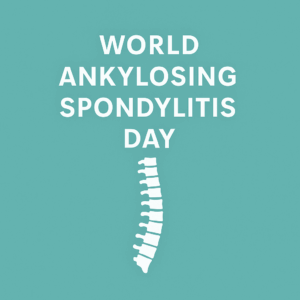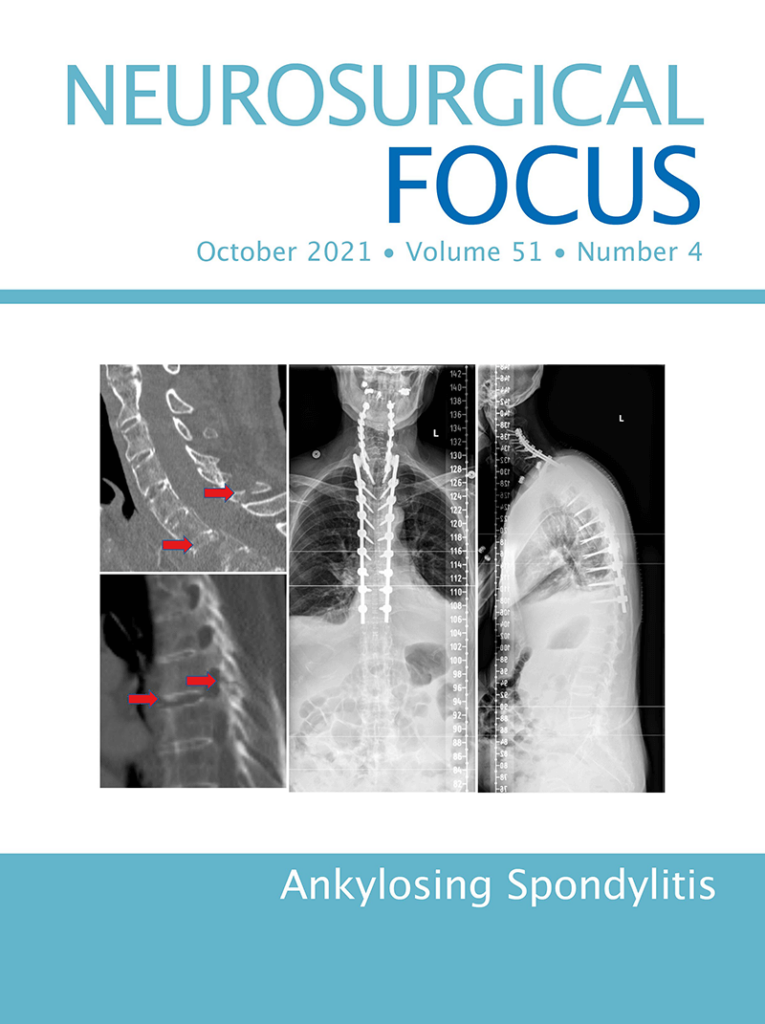 May 3rd marks World Ankylosing Spondylitis (AS) Day, promoted by the Spondylitis Association of America to raise awareness of this serious, often misunderstood condition.
May 3rd marks World Ankylosing Spondylitis (AS) Day, promoted by the Spondylitis Association of America to raise awareness of this serious, often misunderstood condition.
Ankylosing spondylitis is a form of arthritis that primarily affects the spine, causing inflammation of the joints between the vertebrae. It can also impact other joints, including the hips, knees, and shoulders, and can lead to inflammation where tendons and ligaments attach to bones. Over time, the body’s response to this inflammation can cause new bone formation, which may eventually result in the fusion of the spine and loss of mobility.
AS typically begins in young adulthood, is more common in men than women, and often runs in families. Symptoms may include:
- Back pain and stiffness, especially in the morning or after inactivity
- Pain and stiffness in other joints
- Fatigue
- Fever
- Weight loss
- Eye inflammation
There is currently no cure for ankylosing spondylitis, but a combination of medication, physical therapy, and—when necessary—surgical intervention can help manage symptoms and preserve quality of life. Early diagnosis is critical to slowing disease progression and maintaining mobility.
On Ankylosing Spondylitis Day, we recognize the individuals living with AS, the ongoing need for early diagnosis, and the advances in treatment that offer hope for a better quality of life.
If you are experiencing persistent back pain or stiffness that improves with activity, speak to your healthcare provider. Early intervention can make a lasting difference.
J. Patrick Johnson, MD is a renowned neurosurgeon specializing in spinal disorders and has served as the Director of the Institute for Spinal Disorders at Cedars Sinai Medical Center since 2001 and previously as the Director of the UCLA Comprehensive Spine Center from 1993-2001.
Dr. Johnson coauthored Introduction. Ankylosing spondylitis, along with Doniel Drazin, MD, Tiffany Perry, MD, Michael Y. Wang, MD, Jens R. Chapman, MD, and Bernhard Meyer, MD. The article appeared in Neurosurgical Focus, published by the Journal of Neurosurgery, the official journal of the AANS.
This article is offered as informational only and not to be used as a substitute for professional medical advice.
